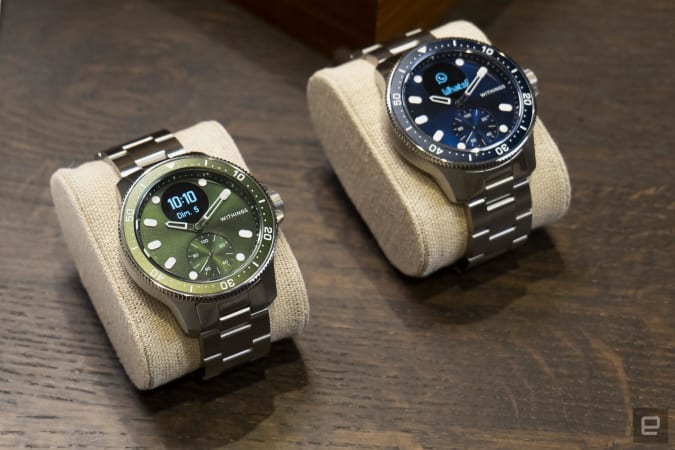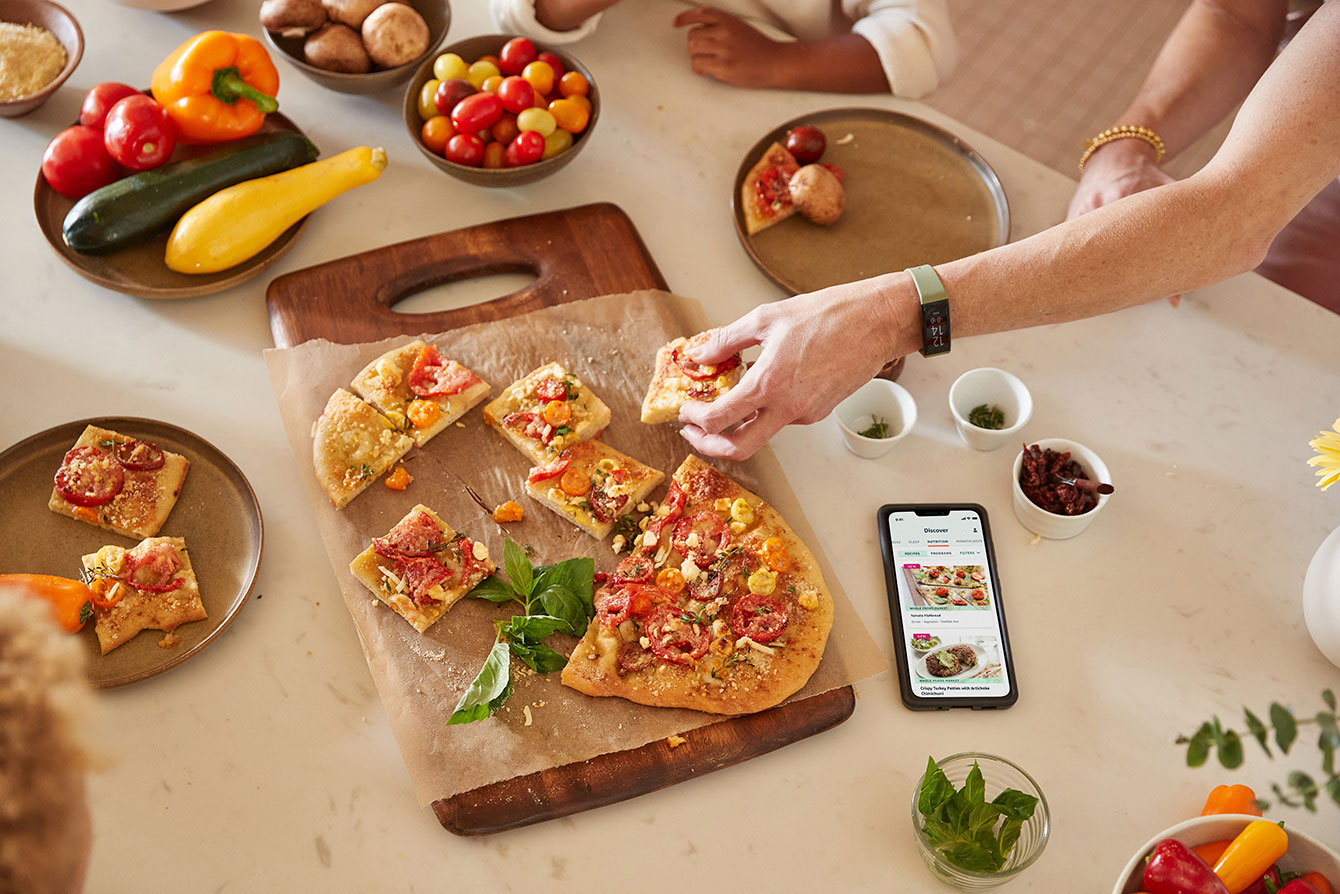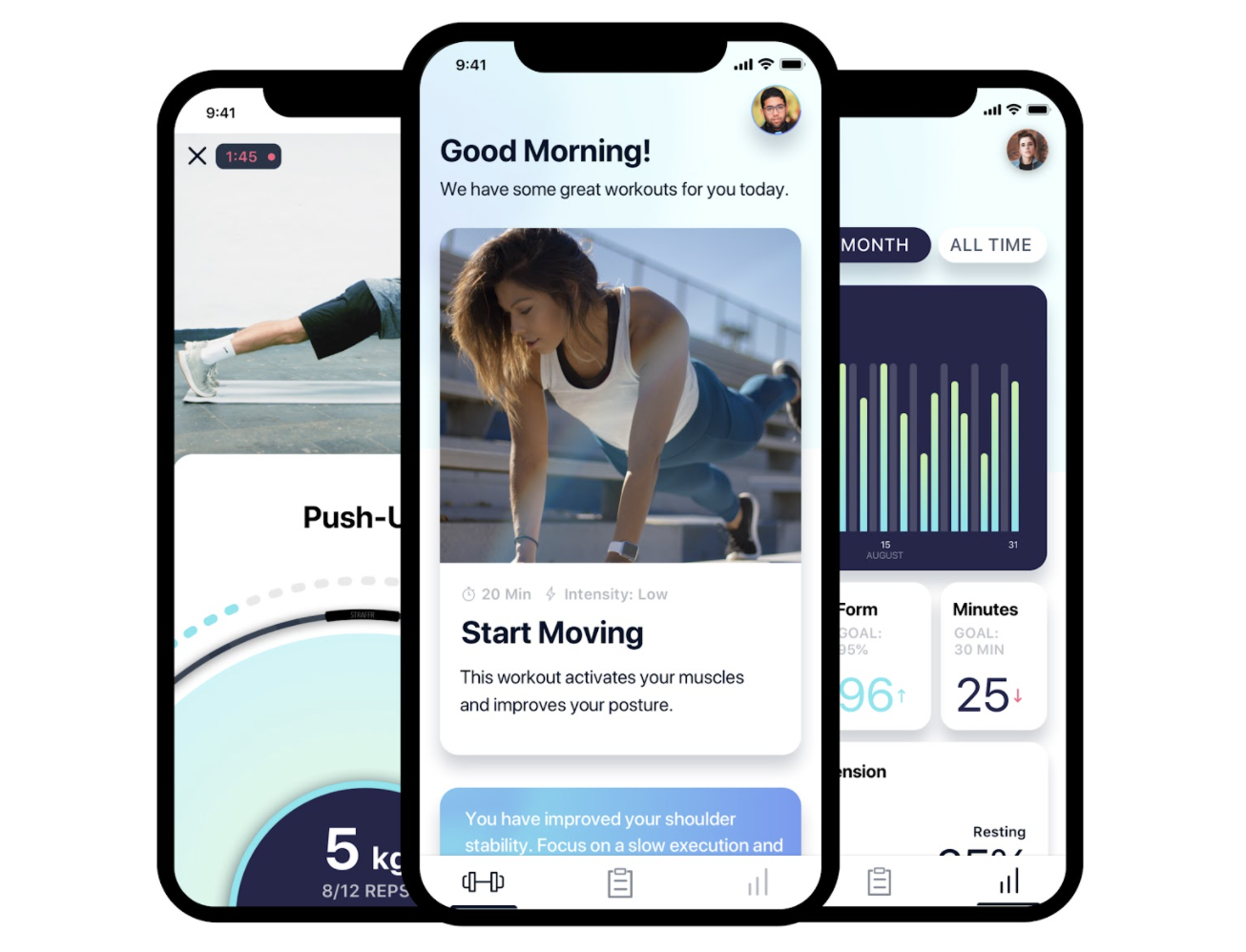Every year, more than 100,000 people in the United States wait for an organ donation. More than a dozen people will die each day still waiting. Such is the brutal math and the necessary optimism required to work in the organ procurement world.
For the past several decades, a private network of now 57 organ procurement organizations (OPOs) have sprouted up, all broadly affiliated with UNOS, the United Network for Organ Sharing, a non-profit whose goal is to match donated organs with potential recipients.
It’s a unique facet of the medical world, and also one that is surprisingly more like a tech startup than might first meet the eye. From early beta products to a much more professional and modern tech stack, the network and its affiliates have strived to improve the speed and reliability of the organ transplantation process.
I wanted to look at some of the organization’s most recent initiatives, including improved logistics and planning infrastructure, while also exploring some of the more science fiction projects: xenotransplantation, drone-delivery systems, and organ viability platforms. So I interviewed a number of folks at both UNOS and two OPOs to hear what’s cutting edge, and what remains a dream for the future.
A guy with a phone number
Joel Newman, senior communications strategist at UNOS, where he has worked nearly three decades, said that “transplantation has always been unique in the sense that everybody’s got to collaborate and communicate in real time — not always with people they know.” Perhaps surprisingly given the life-and-death stakes of organ transplantation, “a lot of those arrangements were shockingly informal.”
In fact, they were so informal in the early years, that matching donors to recipients was operated out of a voicemail inbox.
Howard Nathan, the current president of organ procurement organization Gift of Life (and the longest serving president of any OPO, having taken the role in 1984), said that one man, Don Denny, ran much of the collaboration infrastructure in the early years as organ transplantation became more viable in the 1980s.
Denny, who moved to Pittsburgh in 1977, created his own status system for patients from one to four, with one indicating the most urgent organ needs (the rating system is the opposite today). “He’d record every day this message” on his voicemail, Nathan described, “and you listened to this recording.” From there, “you’d look at your donor in the ICU where you had permission from the family, and if it’s a match, you’d call.” Nathan says that Denny coordinated 2,700 transplants over 4.5 years, all from his recorded voicemails and phone calls.
UNOS was formed in 1977 and eventually incorporated in 1984. By 1986, it had developed more computerized systems to handle the organ matching process, using the latest communications technology: faxes. Rick Hasz, who is today vice president of clinical services at Gift of Life and will succeed Nathan as president in 2022, said that the technology wasn’t all that reliable. “When I started we had thermal paper faxes,” he said. “If you didn’t allocate quickly, then that thermal paper dissolved and you’d lose the list.”
Unsurprisingly, UNOS has continued to evolve its technology over time with the needs of organ donors, donor hospitals, organ recipients, and transplantation centers. It relies on a web-based application, and even has a mobile app now.
Amy Putnam, director of IT customer advocacy at UNOS, said that one big breakthrough came with a mobile app to reduce errors. “Back in 2012, we worked on a change called TransNet, and TransNet is a mobile application, it’s built on iOS and Android, that allows the OPOs to electronically package and label organs,” she said. “As you can imagine at three in the morning, most people’s handwriting is not very legible, and you end up with a lot of data entry errors, and that’s where TransNet really helped.”
The real gain of building the system though was being able to work collaboratively with all of the organization’s OPO affiliates and refine processes based on feedback from all of its users.
Building the Expedia for organs

Image by aydinmutlu via Getty Images
Calls and communications are key for coordinating transplantations. Organ donations are typically sudden, can happen almost anywhere, and OPOs have just hours to get the organ from the donor hospital into a recipient patient at a transplant center. Not only that, but which patient waiting on a list has to be determined with extreme speed, with potentially dozens of transplant centers interested in a particular organ. Processing all those requests, in real-time, is the huge emphasis of UNOS’ modern tech stack.
Newman explained some of the intricate work that is involved. “Kidneys can often be transplanted within about 24 hours. Once they are recovered, obviously shorter is better and probably most of them go in 12 hours or less,” he said. “When you’re looking at livers and pancreas, it’s probably ideally less than eight hours. Hearts and lungs go down to about four to six hours.” The time that an organ is viable after losing blood supply is known as the ischemic time.
Over the past few years, UNOS has developed much more elaborate tracking systems to understand where organs are. Julie Kemink, chief clinical officer at LifeSource, an OPO, said that “what you see now is similar to what you might see with an Amazon package… you see that it is shipped… but you don’t necessarily know” where precisely it is, she said.
However, new updates to UNOS’ infrastructure are starting to deliver real-time location information for every organ. “Now it’s more like an Uber — you can see where it is physically at all times,” she said.
Adding GPS coordinates for each organ sounds like a simple proposition, but required immense coordination. Since donor hospitals, organ procurement organizations, and transplantation centers are all different entities, defining a universal standard for location was challenging. Furthermore, since organs tend to arrive quite randomly, having the right equipment and trackers on hand in every part of the country proved its own hurdle.
Now with better logistics information, transplant surgeons can get real-time updates on organ arrival times. If an organ is traveling by plane in the cargo hold and the plane arrives at an airport early, doctors can be notified that it’s running ahead of schedule and prep a patient earlier. Similarly, if vehicle traffic is delaying an organ’s arrival, transplant centers can push back a patient’s pre-op procedures.
With more data available, UNOS is now exploring a “travel app” or what Putnam dubbed a kind of “Expedia for organs.” She said, “It allows the OPOs or transplant hospitals to enter in some specific information about the donor hospital [and] the recipient center, and it will give them options, it will show them flight options, it will show them travel time if they’re going to travel by car.” She said the app, which is entering a pilot phase, could eventually allow organs to be fully ticketed right in the app experience.
That infrastructure is critical, because UNOS has been updating how it defines distance for organs. For decades, the organization and its OPO affiliates used a regional boundary system — organs in, say, Minnesota would be given first to recipients in Minnesota, and then if none could be found, they would be offered to nearby regions and so on.
That was a simple system, but one that could be taken advantage of, particularly by the wealthy. More than a decade ago, a controversy erupted when Steve Jobs received an organ transplant in Tennessee, despite not living in the state. He did so through a process then known as “multiple listing” — for those with the means, a recipient could register on as many regional organ donor waiting lists as possible. If a match was found anywhere nationwide, the recipient could quickly charter a private plane to wherever the organ was and essentially cut the time they waited on a list.
Now, UNOS uses a distance algorithm that’s based on actual radius, and not just arbitrary regional boundaries. That still leads to some incongruities. Kemink of LifeSource, which is the OPO serving the Minneapolis regional area, said that “being in Minnesota — we are in proximity to both coasts… so we do have opportunities to place organs throughout the country.” That’s unlike the options available for the coasts. “In California, getting a heart from New York is basically impossible,” she noted.
In addition to better logistics, UNOS has optimized its platform for integration. “As you could imagine, most people hate having multiple usernames and passwords, they hate multiple solutions. So the biggest thing was integration, give us integration,” Putnam said about recent upgrades.
Part of that integration story was adding more ways to upload patient data and imagery files. Now, doctors can “upload and actually see the coronary angiography to see that [a heart] is the right match for a recipient,” Kemink said. That improves decision times on offers, and ultimately increases the viability of an organ transplant.
The IFTTT of organs

Illustration by SIphotography via Getty Images
As organ transplantations have become more frequent — 39,000 were conducted in the United States according to government data — there are increasingly large datasets available to finely tune the network’s allocation strategy and ultimately improve the number of organs that are successfully transplanted.
“Right now, we’re working on a project to introduce predictive analytics into the organ offer process, and looking at some analytics related to what is the probability of survival if they were to accept this organ,” Putnam said. If they decline an organ, then “what’s the probability and the timeframe until they will get a similar or better organ?” UNOS is currently working on a pilot to get feedback from its clients on these changes, and also ensure that the explainability of the algorithm is extremely clear given the highly sensitive nature of organ donations.
The network has also been piloting since last year a feature it dubs “offer filters,” which transplant centers can upload to the network’s platform to automate more decision around potential organ matches. Putnam said, “What we did is we looked at kidney acceptance data, historically, and said, ‘Are there offers that we know there’s no way a transplant center would ever accept?’”
Newman of UNOS said that “there have always been some screening criteria that centers could put in, but this allows actually a little bit more filtering of, ‘You know it’s not like I would never accept a donor older than 70 years old, but if it’s gonna be a donor older than 70 years old and it’s gonna take more than six hours to get here, I’m not interested.” UNOS expects a national rollout sometime later this year.
The future of organ donations
As critically important as the organ procurement process is, much of the gains the past decade have ultimately been a function of better IT applications and implementations. The big question a lot of startup founders and venture capitalists are interested in is the viability of “moonshot” ideas that can radically change organ availability for patients in need.
One project, using drones to deliver organs, has already been trialed. Nathan of Gift of Life said that “right now, the drone thing has been done — they’ve done one case” and also noted that “there is another group in Maryland that is experimenting with it too.” He’s somewhat skeptical about the technology given the distances organs have to travel (potentially hundreds of miles) and the potential for damage to the organ itself. “You don’t want to put the organ at risk,” he said.
Then there are a set of technologies including cryogenics and warm profusion which are designed to increase ischemic time (or eliminate it entirely), giving organ procurement organizations more time to get organs to the patients most in need of them. Several devices and systems are running through FDA trials now, and are expected to arrive and be put into practice over the course of the next decade.
Kemink of LifeSource pointed to blood-type matching and age as two criteria that could improve organ distribution with better organ viability technologies. “AB blood type is the most uncommon blood type, so there aren’t that many patients who are waiting for that blood type,” she said. At any given time, “there might not be a recipient that fits,” and so cryogenics could keep the organ “on ice” until the right patient shows up who needs it. Similarly, donated organs need to match the size required by the recipient. “You can’t take a heart from a 12-year-old and put it in a 70-year-old,” she said, since the sizes wouldn’t match the bodies. “We could preserve it until the person that needs it is there … that would be another tremendous advancement.”
There have also been advances in procuring organs from patients who die from circulatory death, in what are known as DCDs, or donations after circulatory death. Nathan said “there are 2.8 million people who die every year in this country, [and] only about 20,000 of those people are medically suitable to be an organ donor.” That’s one reason there is a huge wait time for organs.
Hasz noted that advances for procuring organs in these contexts have increased the likelihood that viable organs could be found. “Up until the last couple of years, nothing really changed: it was quite limited to liver and kidneys,” he said. But “in the past few years, the opportunity of helping more people with heart and lung transplants” arose, and “200 hearts have been used.” Ultimately with these new technologies, “we think it can expand the donor pool by 30% for DCD hearts.”
Finally, we get to what is known as xenotransplantation, or moving organs from animals to humans. Such experiments have gone on for decades, and progress has been somewhat elusive. Hasz said “10-15 years is always what you hear about xenotransplantation.” That said, he notes that new technologies like CRISPR have allowed for more progress in the space in recent years, potentially opening a pathway for animal organs to solve the shortage of human organs available.
For all the changes and new technologies though, the basic equation of organs in the United States remains the same: people need to check yes in order for lives to be saved. “The biggest thing that we need is more people to say yes to donations,” Kemink said. “Nobody gets a transplant unless people say yes to donation.” Today, roughly half of Americans are organ donors, and solving that isn’t about technology so much as about reminding people of the power of life — and what they can offer others.








